
ACT for Anxiety Disorders
Learn to effectively apply ACT to address anxiety disorders and OCD — including social and specific phobias, panic disorder, and generalized anxiety — with powerful in-session exercises and tailored at-home practices
Inside the course, you’ll learn how to:
- Increase ACT’s effectiveness in treating anxiety by integrating ACT-based exposure exercises
- Skillfully identify and target core fears for clients with anxiety
- Create opportunities for clients to practice psychological flexibility (with your support) in session
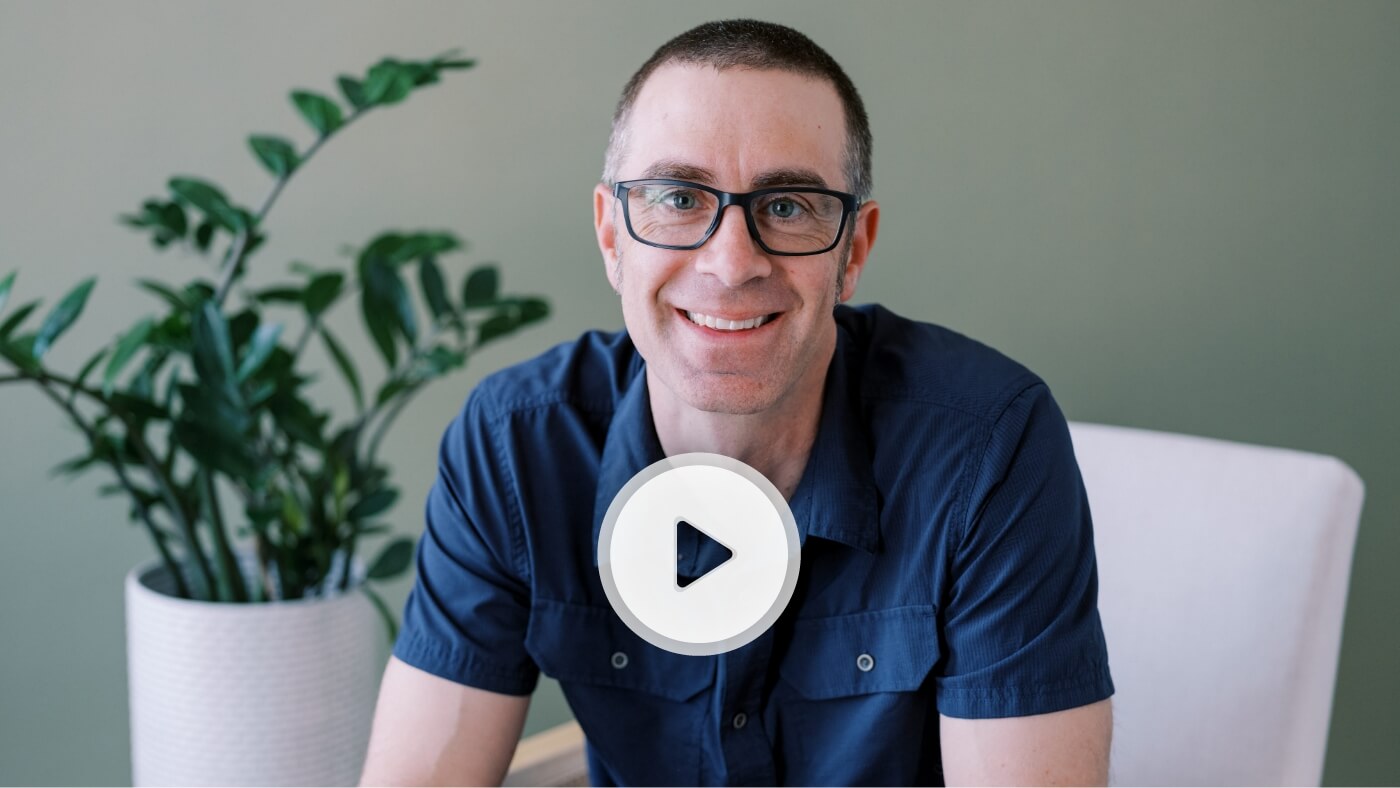
Take Your Anxiety Treatment to the Next Level With:
- 6 core modules with 11 hours of high-quality video and audio
- Video demonstrations with 6 different clients
- Bonus materials
- Lifetime access
12 CEs Available for:
- Psychologists
- Counselors
- Social Workers
- Physicians
- Nurses
- Substance Abuse Counselors
Enroll Now
Get Instant Access
or
For group purchases email courses@praxiscet.com. Group discounts are available for 5+ registrations.
A Letter From
Dr. Michael Twohig
If you’ve worked with anxiety for any length of time, you already know the wide range of challenges anxiety sufferers face.
No part of life is safe from anxiety’s reach:
Relationships.
Work.
Hobbies.
Every client with an anxiety disorder or OCD has had their life shrunk by it in some way.
After all, anxiety can be paralyzing. Despite spending years in therapy, many clients find that their anxiety continues to hold them back.
Unfortunately, because anxiety can be so persistent, many people fail to make significant improvements, even with treatment.
Experienced ACT practitioners can often have difficulty making progress with clients struggling with anxiety or OCD.
They know that ACT offers a path forward for those who believe their anxiety is incurable. It provides a way for them to live a full, rich, meaningful life — right alongside their anxiety.
And that when anxiety seems the most insurmountable, acceptance and commitment therapy can be powerful.
It’s not always easy, though.
While ACT is highly effective, some clients — especially clients with anxiety — may struggle to put its concepts into practice.
A client who has learned to avoid the things that trigger anxiety may have trouble facing that anxiety in therapy. Even simple activities might provoke a huge anxiety response, making them reluctant to engage in their treatment.
What can a clinician do for clients who can’t seem to disengage from their fear of anxiety enough to accept anxious feelings while doing what matters in life?
What can we, as clinicians, do to help these individuals find the courage to try something new?


Enhancing ACT’s Anxiety Effectiveness
There is a powerful therapeutic tool that enables you to directly administer ACT principles to treat anxiety disorders. But rather than tell you about it, I’d like to show you.
I want to ask you if you would tune into your observer self and allow me to guide you through a quick exercise.
I want you to imagine a client with social anxiety.
Imagine that you have done psychological flexibility work at length with this client.
You’ve talked about all the points on the hexaflex. The client has verbalized an understanding of all the key ACT concepts, and on paper, they get it.
But they’re still having trouble applying the principles outside of the therapy room, and they’re not making any significant progress with their goals — even simple ones, like being able to go to the grocery store or make phone calls.
Imagine you’re in session with this client.
Now, imagine you ask them to try something with you in session:
Exposure therapy.
They’re reluctant — it makes them anxious, they say.
That’s okay, you tell them. The anxiety can come along for the ride.
Now, stop there, if you will, and turn your attention inwards.
What reaction do you have to the idea of doing exposure exercises in session?
What do you hear yourself saying?
Are you feeling any discomfort with the idea of using exposure with your clients with anxiety?
If so, you’re not alone.
I want you to hold that thought — and keep an open mind as I share more about ACT-based exposure therapy and its power to improve outcomes for your clients with anxiety.
Because ACT-based exposure has proven to be effective.
And if you’re willing to give it a try, you’ll find that your work with clients with anxiety will become straightforward and effective.
You’ll be able to expertly work with any anxiety sufferer who walks through your door.
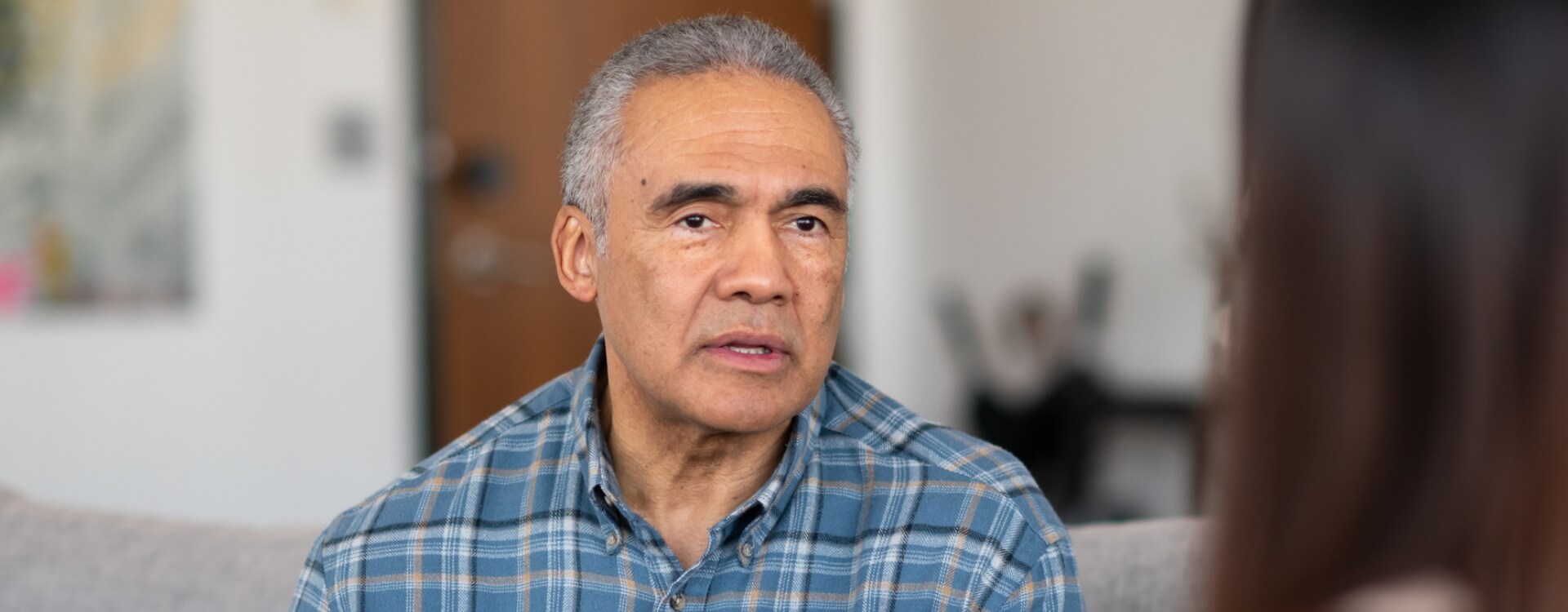
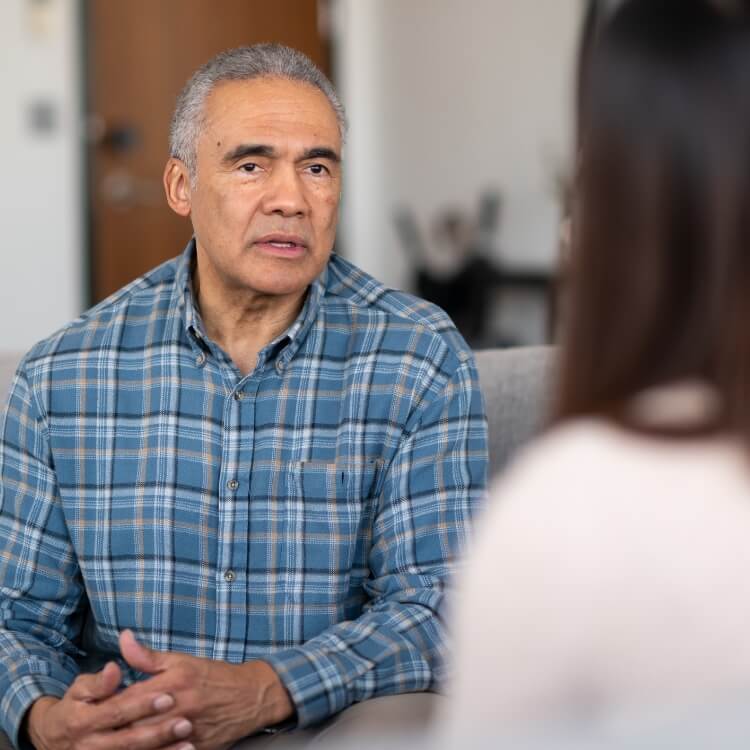
What Makes ACT-Based Exposure So Effective?
Most ACT practitioners already use some form of exposure but don’t realize it, because modern exposure methods look different from what you might expect.
The habituation model of exposure therapy that you learned in grad school?
It’s not the model used by most anxiety experts today.
The more researchers study learning, the more they understand that responses can’t be unlearned. We now know that anxiety can’t be cured solely by spending time with the things that trigger anxiety.
Over the years, the exposure treatment model has shifted closer and closer to the acceptance model — where ACT has been positioned for decades.
Exposure is no longer about making anxiety go away. Instead, it aims to help clients practice sharing space with their anxiety.
That’s why exposures have a natural fit within ACT practice.
The ACT-based exposure process looks like this:
1.
Identify core fears using diagnosis information and targeted questions.
2.
Work on psychological flexibility using steps similar to those you already use with clients.
3.
Give your client opportunities to practice being present with anxiety by bringing things that trigger that core fear into a session (or bringing the client to things that trigger that core fear). Actively coach them through the process, building their courage and familiarity with the method.
4.
Develop at-home practice activities that clients will actually do by creating steps that feel accessible to clients.
ACT-based exposures offer clients chances to practice interacting with their obsessions or anxiety in a new — more flexible — way. It prepares clients for recurrence, preventing anxiety from escalating and taking over so they can continue to live lives of meaning.


How Can ACT-Based Exposure
Enhance Your Practice?
There are many disorders that are resistant to treatment, but when you look at the data, anxiety is not one of them.
Anxiety experts and anxiety clinics around the globe are effectively treating anxiety in millions of clients.
And the go-to method used by almost all of those anxiety experts and clinics?
Exposure — alongside a theoretical model like CBT or ACT.
Not only is exposure effective, but it’s also transdiagnostic.
ACT-based exposure methods are universal when it comes to anxiety.
Phobias, social anxiety, OCD, generalized anxiety — every form of anxiety disorder can be effectively treated with exposure by a skilled clinician.
The key is knowing what, exactly, to target.
For example, a client might show up with a presenting diagnosis of OCD, involving compulsive hand-washing.
However, when a trained ACT expert asks careful questions, they might discover that the core fear behind the hand-washing is a desire to avoid bringing home germs that might harm the client’s family.
Therefore, any exposure exercises must address that core fear — the fear of bringing harm to loved ones — in order to be effective.
Once a clinician has gained the skills needed to identify a core fear, any anxiety disorder can be treated effectively with exposure exercises.
One of my favorite advantages of using ACT-based exposure, though, is the way it allows you to get into the trenches with your clients — right there in session.
Many anxiety-burdened clients struggle to employ psychological flexibility skills in their everyday lives.
With ACT-based exposure methods, you can create opportunities for clients to practice while you’re right there with them, building much-needed confidence and momentum.
By gaining practical, hands-on experience, clients will be equipped to deal with anxious feelings as they arise throughout the day.
And when anxiety inevitably rears its head — even long after you’ve ended your therapeutic relationship — your clients won’t be caught off guard. They’ll be ready to apply ACT skills and continue moving forward toward the life they want.


Increasing Clients’ Psychological Flexibility —
And Your Own
So, now you know that exposure methods are being used by anxiety clinics and anxiety specialists around the globe to great effect.
And most clients are open to trying exposure exercises, even if they’re initially uncertain about the idea, once they realize what it is and how it will help them.
And if you’re not familiar with ACT-based exposure therapy, you’ll probably find it to be more straightforward than you had imagined.
But even after clinicians learn about the efficacy of exposure methods, find out that most clients will be receptive, and understand how accessible the method is, many still feel hesitant to utilize it.
So let me take you back to that exercise you did a moment ago...
What came up for you?
Perhaps it was a feeling of being unprepared to handle a client’s strong anxiety in session...
Perhaps it was a sense that using exposure methods could be challenging or time-consuming...
Or perhaps it was just a feeling of not knowing what to expect.
All of these responses, and more, are understandable.
After all, many clinicians haven’t encountered this approach in general ACT courses.
And although ACT is, at its core, an exposure method, many ACT practitioners have limited experience with intentionally using targeted exposure exercises to bring ACT principles to bear with clients with anxiety.
Believe it or not, I was in the same boat when I began my clinical work. Exposure was not a priority when I first began my career in mental health.
In fact, I initially experienced much of the same discomfort as the clinicians I train.
My confidence in doing this work only came from my own process of doing a lot of exposure therapy with clients.
And as my clients had to adjust to their own unpredictable and difficult stimuli, so did I.
I had to work through my anxiety, the same way I coached my clients through theirs.
So if you’re feeling apprehensive about exposure methods, I get it.
But, if you will, I’d like you to say to your discomfort or anxiety what you imagined saying to your client:
That’s okay. You can come along for the ride.
I’d like to leave you with one more thought.
In my experience, when you do ACT well, and when you use exposure exercises that you know are effective, therapy is fun.
It’s fun as a therapist, and it can be fun as a client.
I don’t have any trouble keeping clients.
I don’t have any trouble getting them to do exercises with me.
Our work together generally goes smoothly.
So though therapists may be initially reluctant to try exposure, they usually find that their fears were unfounded.
Any practitioner of ACT knows how frequently our fears limit us — and how, with a little more flexibility, paths that align with our values open up for us.
So if you’re ready to increase your anxiety treatment efficacy (and you’re willing to bring your doubts and discomforts along with you), I look forward to seeing you in the course.
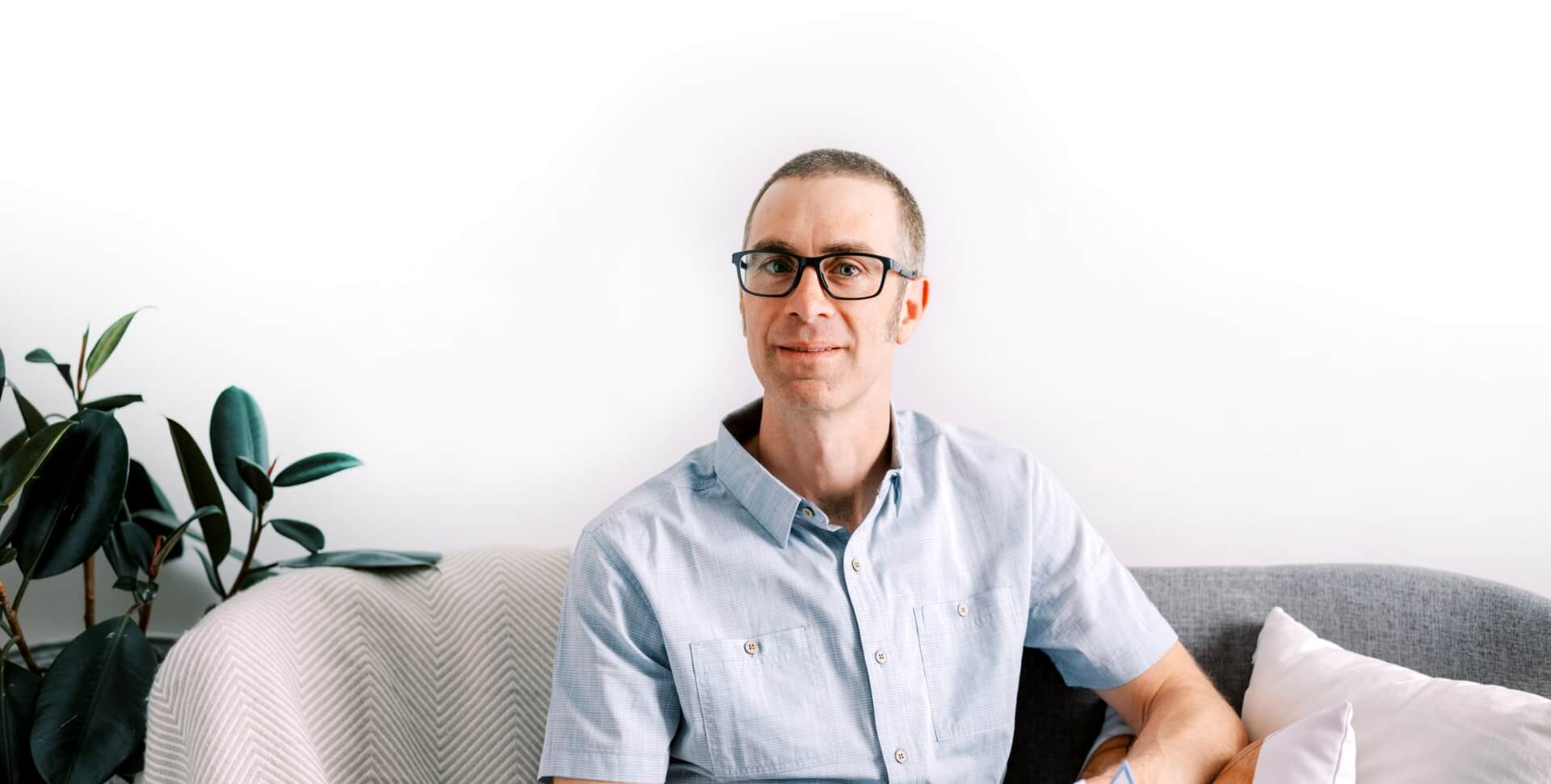

About the Trainer
Dr. Michael Twohig is a professor in the Department of Psychology at Utah State University. He’s also a past president of the Association for Contextual Behavioral Science (ACBS). Dr. Twohig did his PhD (on ACT for OCD) under the supervision of ACT co-founder Steven C. Hayes, and went on to author or co-author more than 200 research papers and nine books.
Dr. Twohig not only uses ACT to treat clients with anxiety in his own practice, but he also supervises graduate-level students as they learn to treat anxiety. His position gives him the dual lenses of professional clinician and professional trainer — and this combination makes him the ideal teacher for this course.
Introducing…
ACT for Anxiety Disorders
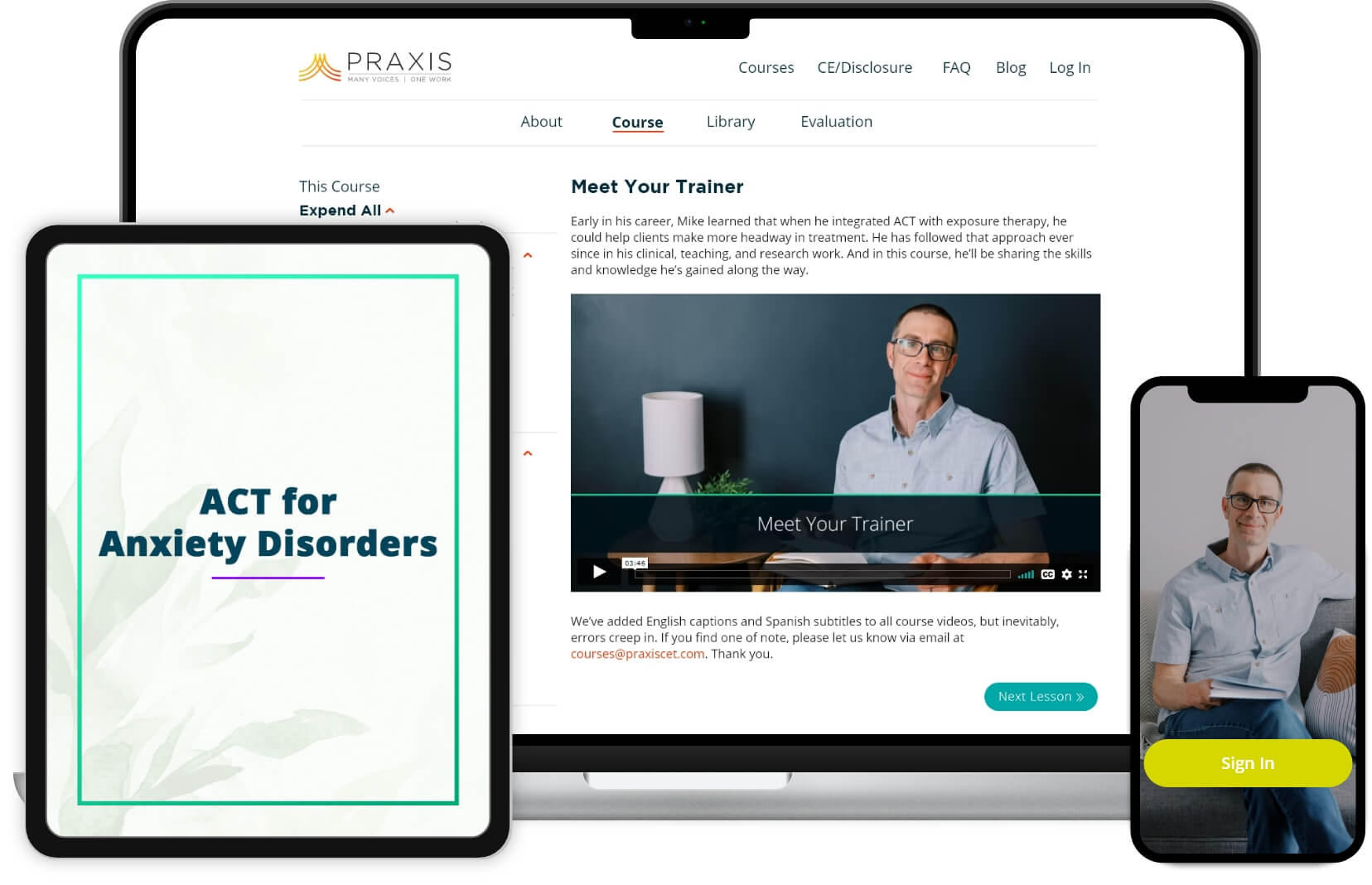
ACT for Anxiety Disorders is an online course taught by Dr. Michael Twohig, an expert ACT clinician and a graduate school professor with years of experience bringing ACT to bear on anxiety through exposure methods.
Within the 6 modules of clear instruction and clinical demonstrations, you will learn how to:
- Increase ACT’s effectiveness in treating anxiety by integrating ACT-based exposure exercises
- Skillfully identify and target core fears for clients with anxiety
- Create opportunities for clients to practice psychological flexibility with your support in session
- Ensure between-session “homework” activities are both accessible and helpful to the client
- Help clients with anxiety bridge the gap between ACT concept and ACT application
To help you grasp key points, you will also complete practical exercises and listen to detailed debriefings of clinical demonstrations.
After completing the course material, you’ll have a powerful new tool in your anxiety-treatment toolbox — one that will help you empower clients in practical ways as they learn to live rich, purposeful lives alongside their anxiety.
Course Format
ACT for Anxiety Disorders includes a collection of powerful resources to help you increase ACT’s effectiveness in treating anxiety:
Filmed video instruction and demonstrations
- 6 core modules released over 6 weeks for convenient self-paced study
- Over 9 hours of high-quality on-demand videos
- Filmed in a studio with high-quality audio and video equipment
Written materials
(downloadable)
- Sample scripts for use with clients with anxiety
- Assessment and Outcomes Pack, with recommended clinically-backed assessment tools
Audio
- Over 2 hours of instructional debriefs of clinical demonstrations
In addition, the course format features:
- A best-in-class, easy-to-use interface — access course materials quickly
- Lifetime access to all materials — learn at a time and pace that works for you and review course materials whenever you like
- Course content and materials, including quizzes, in English
- Video subtitle options in English and Spanish
- Quizzes conducted at the end of each module that will cumulatively serve as the CE-required post-test
In the course, Dr. Twohig will demonstrate skills and concepts in clinical demonstrations with people who have anxiety disorders — and you’ll hear him discuss them afterward so you can see the interactions from his perspective.
Through this combination of materials, you’ll be able to take your acceptance and commitment therapy anxiety treatment to the next level by employing highly-effective ACT-based exposure methods.
Throughout the course, you’ll also gain insight into anxiety and practical training that will empower you to…
- Apply anxiety-treatment techniques that align with the industry-standard approach used by anxiety experts and anxiety clinics worldwide
- Develop a single therapeutic technique that can effectively treat every anxiety-based disorder so you no longer have to manage multiple approaches for different disorders
- Identify the core fears powering your clients' anxiety and effectively target them using carefully selected exposures
- Create opportunities for clients to practice psychological flexibility in session, allowing them to gain momentum and confidence to carry them into their daily lives
- Tailor at-home exposure activities to make them feasible for your clients without sacrificing their effectiveness
- Comfortably handle your clients’ (and your own) discomfort with exposure therapy so they can benefit from one of the most effective anxiety treatments available
Sample Video Lesson
The instruction in this course was filmed in a studio using state-of-the-art recording equipment. This allowed us to produce a training experience of the highest quality, which you can sample in the excerpt below.
In this video sample, Dr. Twohig explains how he came to view ACT as a method for removing internal resistance to treatment participation — and how ACT-based exposures helped him operationalize that power in sessions with clients.
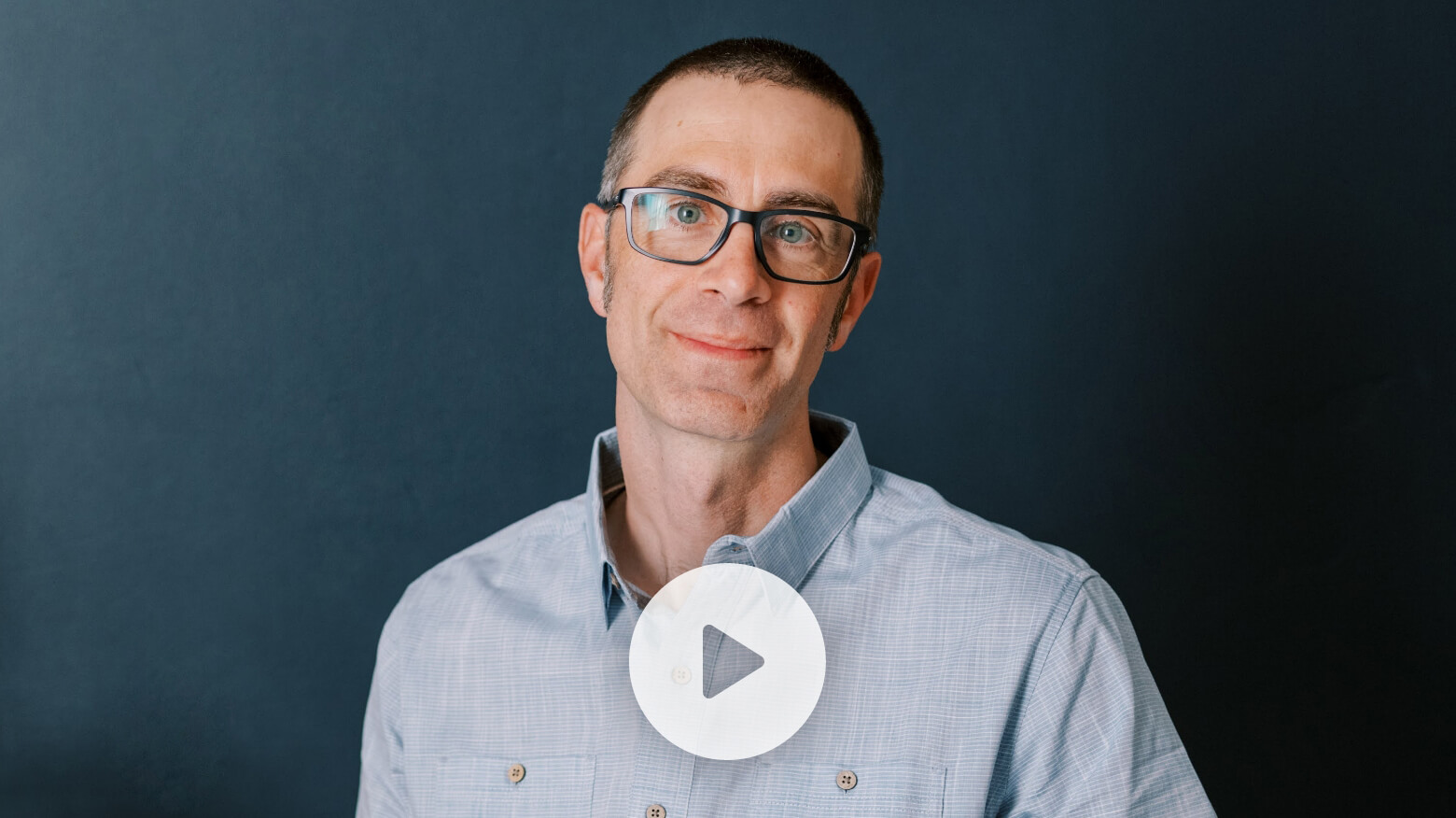
Curriculum
Module 1: Assessment and Case Conceptualization
- Deepen your understanding of the struggle faced by clients with anxiety disorders
- Contextualize anxiety from an ACT perspective
- Identify the key features of phobias, OCD, social anxiety, panic disorder, and generalized anxiety disorder (GAD) — including the core fears that underlie them
- Learn how to use the ACT Adviser tool to assess clients and create case conceptualizations
Module 2: Starting ACT Work
- Learn how to tailor psychological flexibility training to clients with anxiety
- Find out how ACT-based exposure evolved from earlier models, and what makes it more effective
- Get the ACT-Based Treatment Roadmap, which will help you plan your therapeutic course of action
- Learn how to educate clients about their own anxiety and get their buy-in for exposure treatments
- See Dr. Twohig demonstrate how he does creative hopelessness work and helps clients learn why efforts to control anxiety don’t succeed
Module 3: Acceptance, Defusion, and Values
- Learn how to help clients build willingness to have anxiety rather than fighting with it
- Develop strategies for helping clients grasp defusion so they can experience anxious thoughts, feelings, and sensations for what they are
- Find out why values are at the heart of all ACT-based exposure exercises, and how they motivate clients to continue exposure therapy
Module 4: Starting Exposure Exercises, and OCD
- Learn how to consult with a client to plan the most effective exposure exercise
- Learn how to set up and successfully carry out exposure exercises
- Leverage your own psychological flexibility skills as you get comfortable with using ACT-based exposure in your work with clients
- Find out why ACT-based exposure does not use the SUDS ratings associated with traditional exposure methods — and what it uses instead
- Discover how exposure therapy can treat OCD and watch it in action in a clinical demonstration
Module 5: Specific Phobia, Social Phobia, and Panic Disorder
- Learn how to treat specific phobias with ACT-based exposure, and watch Dr. Twohig demonstrate the process
- Discover how ACT-based exposure treats social anxiety, and watch the process in action
- Find out how to do ACT-based interoceptive exposure exercises for panic disorder and watch a demonstration
Module 6: GAD, and Between-Session Work
- Find out how to tailor ACT-based exposure to treat generalized anxiety disorder, and watch it done in a clinical demonstration
- Find out how to plan effective between-session exposure exercises
- Learn to review how a client did with a between-session exposure exercise, and use what you learn to inform treatment
- Get tips on what to do when a client gets stuck
- Understand when and how to bring treatment to an end
Supplemental Materials
In addition to the 6 core modules, this course also includes three bonus learning materials to supplement your learning experience.
Bonus #1: Private Facebook Group for Course Members
At in-person trainings, the built-in sense of support and community with your fellow attendees can notably enhance the learning experience.
To help recreate that environment inside this course, we’ve created a private Facebook Group for course participants. This is a space where you can share thoughts and resources, network, and participate in an ongoing discussion about how the techniques demonstrated in the course can shape your work and change your clients’ lives.
(Note: Participation in the Facebook Group is entirely optional and not required for course completion.)
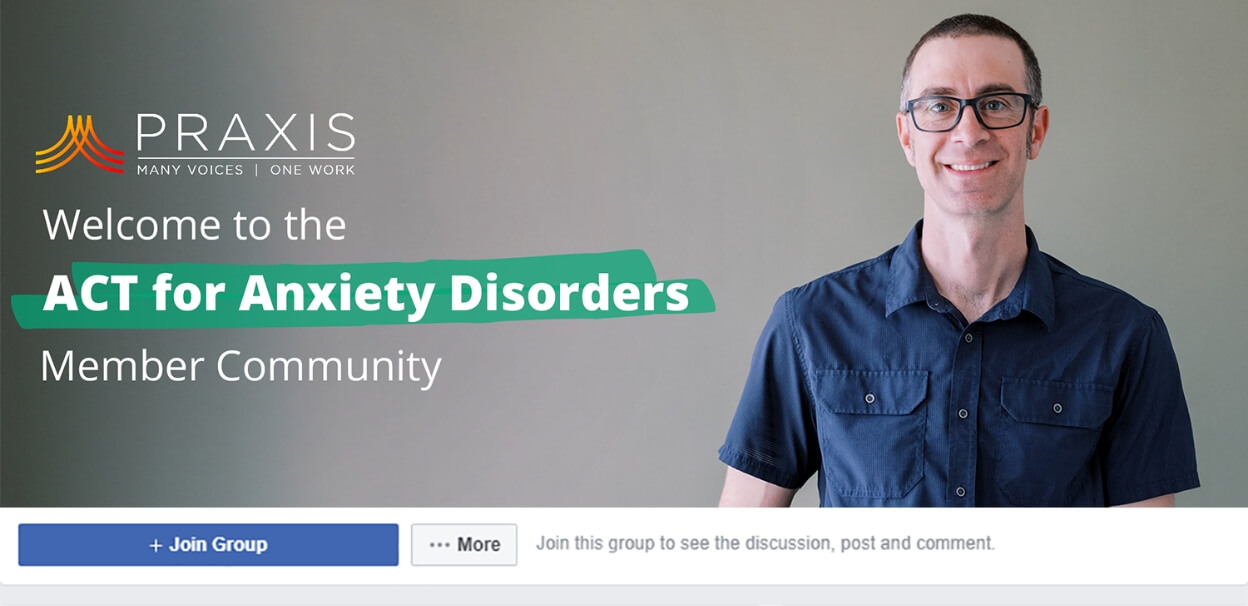
Join our private group for members
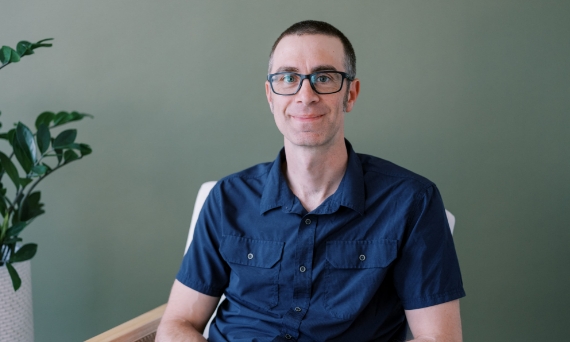
Learn to recognize and help the anxious perfectionist
Bonus #2: ACT for Anxious Perfectionism Mini-Training
Perfectionism is a style of behavior that is commonly seen in people with obsessive compulsive disorder (OCD), obsessive compulsive personality disorder (OCPD), or generalized anxiety disorder (GAD). It’s important that clinicians know how to recognize perfectionism, understand the client’s core fear, and target exposure exercises.
Because some clinical perfectionists see their perfectionism as a superpower, they may not realize it’s the cause of problems that have led them to seek help. In this bonus, Dr. Twohig demonstrates key early steps in working with an anxious perfectionist: helping them to see the ways that perfection is impacting their life and making behavioral commitments to address it.
Bonus #3: ACT Assessment and Outcomes Pack
In this bonus, Dr. Twohig discusses the important questions to ask when you’re assessing a client so that you get a full picture of the case and more precisely target your treatment. You’ll learn tips on how and when to use assessment tools (such as diagnostic screening questionnaires, psychological flexibility measures, disorder-specific measures, and general functioning measures). Plus, you’ll be able to download a number of psychological flexibility measures hand-picked by Dr. Twohig to use with your clients with anxiety.
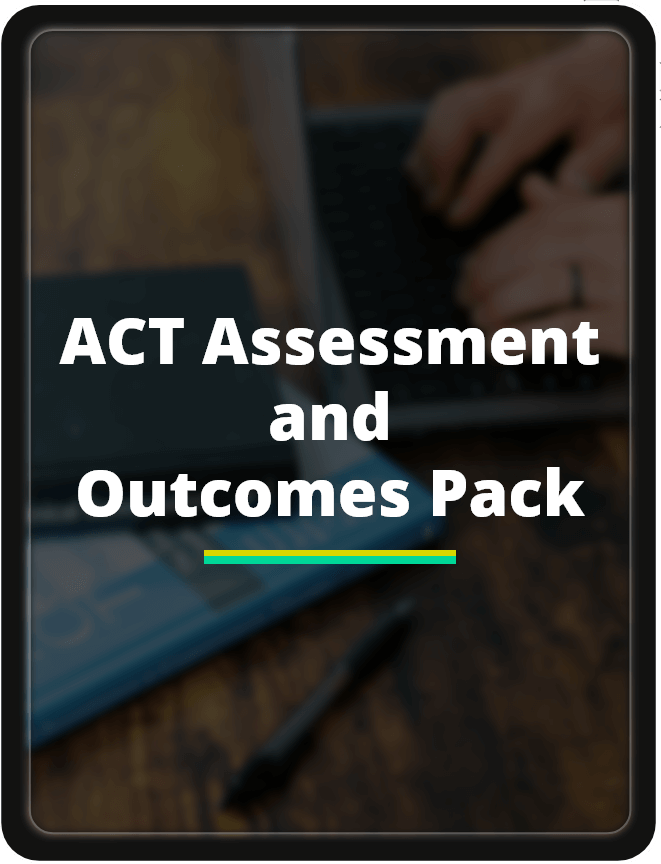
Perform effective assessments and outcome measures
CEs
Upon completion of the core course content and supplemental materials, plus evaluations and post-test as required, participants will also be eligible for 12 CE hours approved for the following professionals:
Counselors
Psychologists
Nurses
Physicians
Substance Abuse Counselors
Social Workers
Prior to registering, please review complete CE information by clicking here: CE Details
Enroll in ACT for Anxiety Disorders
When you enroll in the course, you get lifetime access to all course materials.
What’s included:
- 6 core modules
- 11 hours of video and audio instruction, including 6 clinical demonstrations and debriefs
- Practical exercises
- Written course materials
- Video subtitle options in English and Spanish
- Lifetime access to all course content
- Bonus #1: ACT for Anxiety Disorders Facebook Group
- Bonus #2: ACT for Anxious Perfectionism Mini-Training
- Bonus #3: ACT Assessment and Outcomes Pack
To join, select one of the following options:
A one-time payment of
$449 (USD)
OR
5 monthly payments of
$99 (USD)
For group purchases email courses@praxiscet.com. Group discounts are available for 5+ registrations.

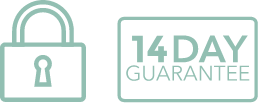
14-Day Money-Back Guarantee
In order to make course enrollment risk-free, all enrollees will be fully covered by a 14-day refund policy:
If you decide for any reason the course isn’t right for you, email our support team at courses@praxiscet.com within 14 days of enrolling, and we will be happy to refund your entire course fee, unconditionally.



What Course Members are Saying
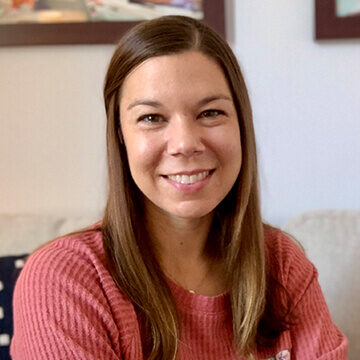
“This training brings ACT therapy to another level when working with clients who have anxiety, OCD or Panic Disorder. The ACT-based exposures were immediately useful in my practice and the practical wisdom shared by Dr. Twohig resonated with me throughout the training. I would recommend this training to any professional looking to fine tune their ACT skills to specifically address anxiety.”
- Crystal W., Social Worker
“This course was the very best course I have taken on implementing ACT skills for anxiety. From explanation to demonstration to recaps, everything was thoroughly yet concisely explained and I was able to start implementing my new knowledge in my practice immediately.”
- Katherine H., Counselor
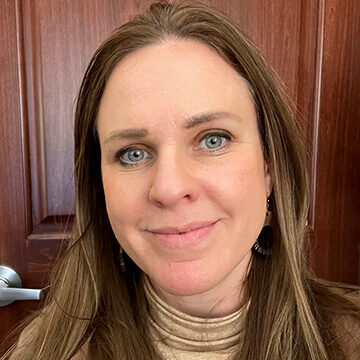
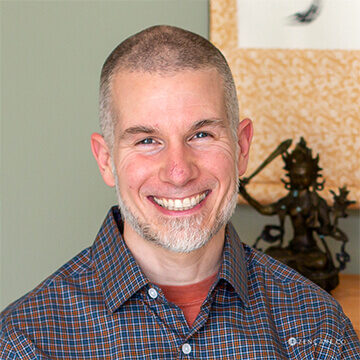
“This course is a ‘must’ for any clinician who wishes to incorporate ACT into their work with anxious clients. Dr. Twohig does a masterful job of making the case for the ACT approach to exposure-based treatment of anxiety. In addition, the video demonstrations offer clear and practical examples of applying ACT principles in the treatment of anxiety disorders. If you are interested in helping your clients to make bold moves toward a life of meaning and purpose especially in the face of anxiety, this course will be invaluable to your growth as a professional.”
- Andy S., Psychologist
“This training provided awesome real plays with clients where the presenter was able to demonstrate ACT processes and exposure exercises.”
- Cindy G., Counselor

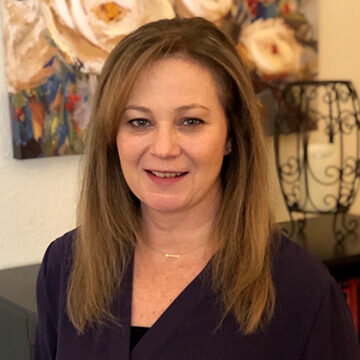
“I am so grateful for Praxis and all others who supported the production of this training. I found the material and presentation to be of the highest quality. Due to where I live, I find it difficult to access high-quality, evidence-based trainings that can be applied to my work with clients. Mike’s teaching was clear, concise and helped me to take my understanding of the ACT model to the next level. I look forward to more trainings from this platform!”
- Kimbra R., Counselor


Questions and Answers
Yes! We provide a discount for groups through our Group License.
This license allows you to purchase as many memberships as you need through one transaction and gives each individual access to their own account and the ability to earn CEs. It’s designed for groups in which each person should have their own login with the ability to go through the entire course on their own. There’s a 10% discount off the total price for 5–9 accounts and a 20% discount off the total price for 10+ logins.
Our Group License also allows you to purchase access to a course in advance.
This means that if you would like your current clinicians to get started in a course but know there will be a few more individuals added to your team in the near future, you could purchase all the memberships you need now and once the new clinicians are ready to get started, you can simply send us their names and email addresses and we will get them enrolled.
To purchase a group license and take advantage of group rates, email us at: courses@praxiscet.com (Group rates cannot be purchased using the standard checkout on this page.)
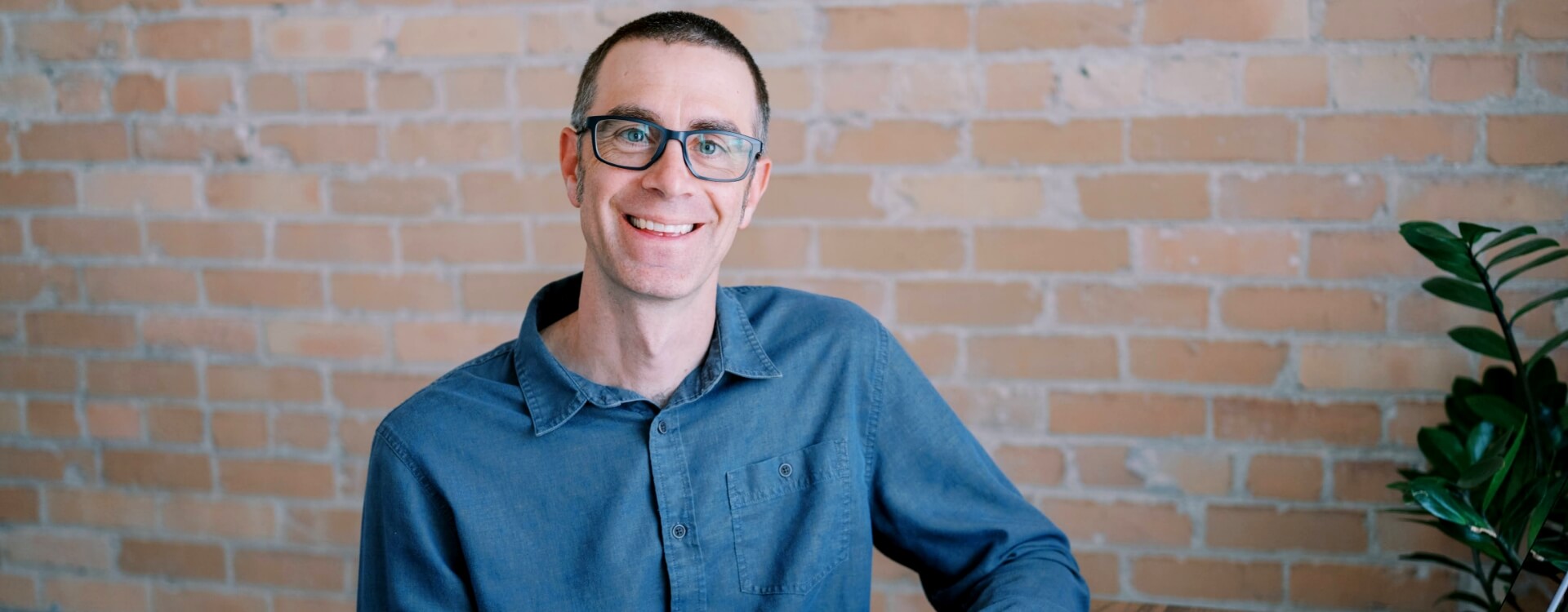

Who Should Consider
This Course?
ACT for Anxiety Disorders will be a good fit for you if…
- You often work to treat anxiety — including generalized anxiety, social anxiety, specific phobias, panic disorder, OCD, and anxious perfectionism — using an ACT-based approach
- You want to be able to address anxiety more effectively and directly
- You’re willing to experience some discomfort as you work alongside your clients to develop psychological flexibility
- You’re eager to see more regular positive results with your clients with anxiety
- Your goal is to become the best anxiety-treatment clinician you can be
If any of the points above resonate with you, you’ll benefit from taking this course.
Enroll in ACT for Anxiety Disorders
When you enroll in the course, you get lifetime access to all course materials.
What’s included:
- 6 core modules
- 11 hours of video and audio instruction, including 6 clinical demonstrations and debriefs
- Practical exercises
- Written course materials
- Video subtitle options in English and Spanish
- Lifetime access to all course content
- Bonus #1: ACT for Anxiety Disorders Facebook Group
- Bonus #2: ACT for Anxious Perfectionism Mini-Training
- Bonus #3: ACT Assessment and Outcomes Pack
To join, select one of the following options:
A one-time payment of
$449 (USD)
OR
5 monthly payments of
$99 (USD)
For group purchases email courses@praxiscet.com. Group discounts are available for 5+ registrations.




Closing Thoughts From Dr. Twohig
Once, when my son was coming home from rock climbing practice, he turned to me and asked, “Dad, when will I stop being afraid of falling off the wall?”
“Well,” I said, “What would you think if I told you that you’ll always be afraid to fall off the wall?”
After considering it, he had the perfect response. He said, “You know what I think? I think that’s the truth — because I don’t think people are supposed to fall off walls.”
Anxiety is a part of life — because there are always going to be scary things in the world.
Any form of ACT helps clients make peace with that truth.
But with ACT-based exposure, you can take ACT a little further — and target the skills and principles right where they’re most needed.
And in my experience, this is the intervention that gets through to some of those clients with anxiety who’ve been stuck.
Enroll today, and I’ll show you exactly how compassionate, fun, and meaningful this powerful approach can be.

